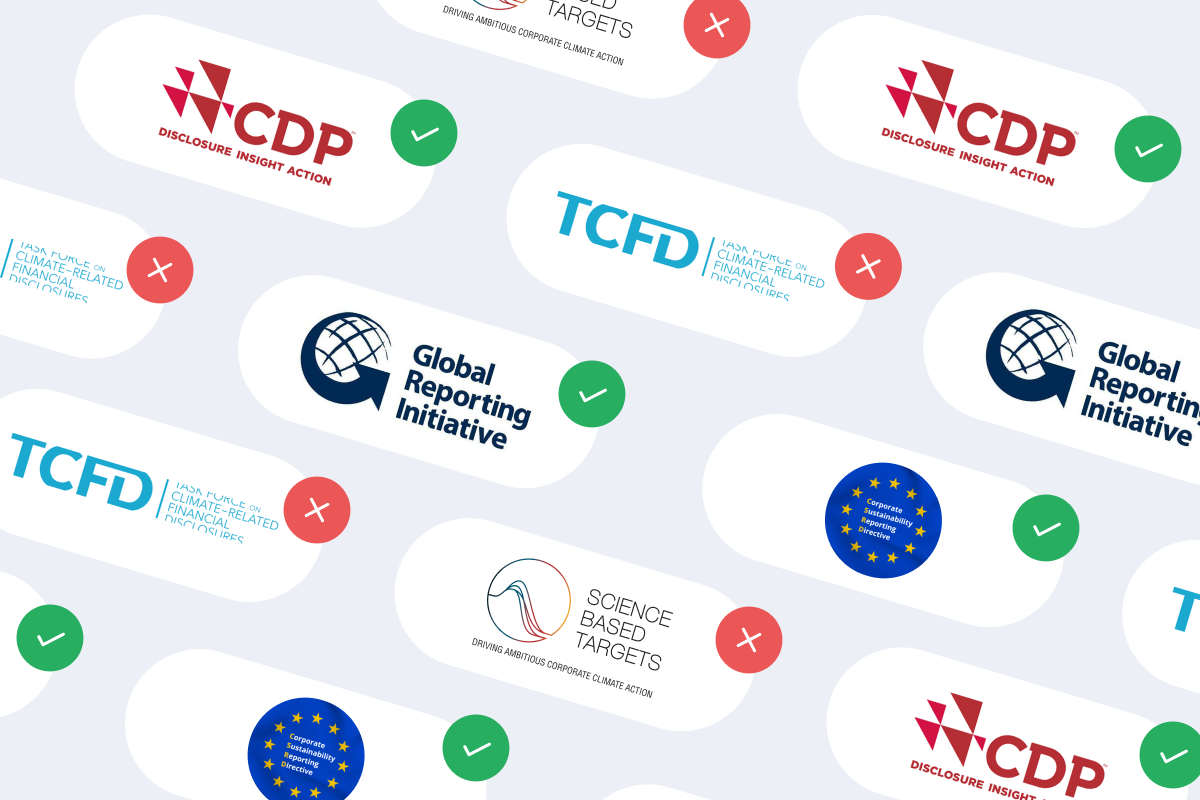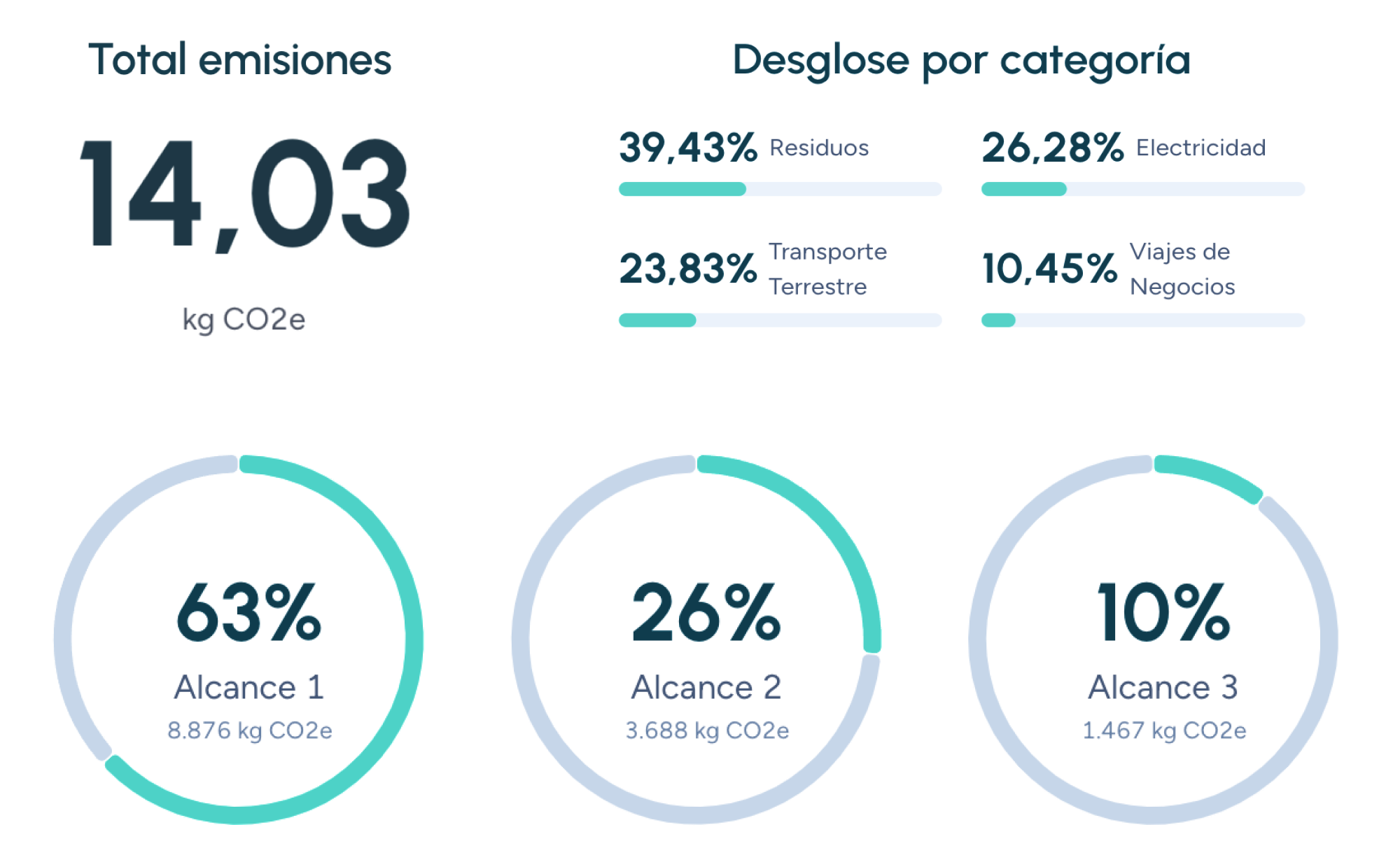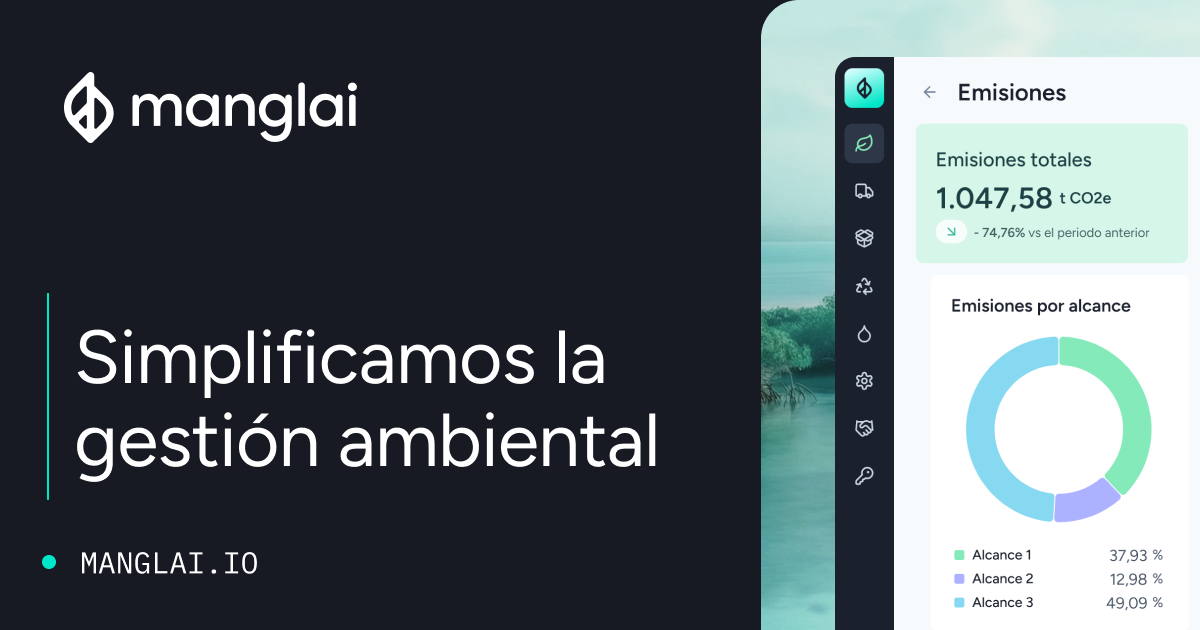C
Carbon credits
Carbon credits have become an essential tool in the fight against climate change and the reduction of greenhouse gas (GHG) emissions. Originally introduced as part of the Kyoto Protocol’s flexibility mechanisms, carbon credits allow companies, governments, and organizations to offset their emissions by investing in projects that reduce or remove emissions elsewhere in the world.
What are carbon credits?
A carbon credit represents the reduction or removal of one metric ton of carbon dioxide (CO₂) or other greenhouse gases (GHGs) from the atmosphere. These credits are generated through projects that mitigate environmental impact, such as reforestation, renewable energy generation, or energy efficiency improvements.
In simple terms, carbon credits function as a compensation mechanism: if a company emits a certain amount of CO₂ that it cannot directly reduce, it can purchase carbon credits to balance its impact. This system encourages investment in sustainable projects and supports the transition to a low-carbon economy.
The origin of carbon credits: The Kyoto Protocol
The concept of carbon credits originated with the Kyoto Protocol, adopted in 1997 and in effect since 2005. This international treaty set binding commitments for industrialized nations to reduce their GHG emissions. To facilitate compliance, the protocol introduced flexibility mechanisms, such as the Clean Development Mechanism (CDM) and Joint Implementation (JI).
These mechanisms allow countries and businesses to finance emission reduction projects in other regions and, in return, receive carbon credits. For example, a European company could invest in a solar energy project in a developing country and use the generated credits to offset its own emissions.
How do carbon credits work?
The process of generating and using carbon credits involves several key steps:
- Credit Generation: Projects that reduce or eliminate emissions must be certified by accredited bodies, such as the United Nations' Clean Development Mechanism or voluntary standards like the Verified Carbon Standard (VCS). These organizations verify that the project meets the necessary requirements to generate carbon credits.
- Buying and Selling: Once certified, carbon credits can be bought and sold in regulated or voluntary markets.
- Regulated markets, such as the EU Emissions Trading System (EU ETS), operate under strict governmental regulations.
- Voluntary markets allow companies and individuals to offset emissions outside of legal requirements.
- Emission Offsetting: Companies that purchase carbon credits can use them to offset emissions and meet sustainability goals, such as achieving carbon neutrality.
Types of carbon credits
There are two main types of carbon credits:
- Regulated credits: Issued under government-regulated emission trading systems, such as the Kyoto Protocol and the Paris Agreement. These credits are subject to strict oversight and audits.
- Voluntary credits: Generated outside of regulated markets and purchased by businesses or individuals proactively seeking to offset their emissions. While not governed by legal frameworks, they are verified through certification standards to ensure credibility.
Benefits and challenges of carbon credits
Key benefits
- Encourages sustainable projects: Carbon credits drive investment in initiatives that reduce GHG emissions, such as renewable energy, reforestation, and forest conservation.
- Provides flexibility for companies: Businesses can offset unavoidable emissions, helping them meet climate commitments.
- Global impact: By financing projects in different regions, carbon credits contribute to global emission reductions.
Main challenges
- Double counting: There is a risk that emission reductions could be counted more than once, undermining the integrity of the system.
- Transparency and certification: Ensuring that carbon credit projects are verifiable, additional, and permanent is essential.
- Over-reliance: Some businesses may use carbon credits as an excuse to avoid reducing their own emissions.
The role of carbon credits in carbon footprint measurement
A carbon footprint measures the total GHG emissions associated with an organization, product, or individual. Carbon credits play a crucial role in offsetting unavoidable emissions, but they should not replace direct emission reduction efforts.
Legal and regulatory framework for carbon credits
The legal framework for carbon credits is shaped by international agreements such as the Kyoto Protocol and the Paris Agreement. In Europe, the EU Emissions Trading System (EU ETS) is a key instrument regulating carbon credit usage. This system sets emission limits for specific sectors and allows companies to buy and sell allowances.
In Spain, the Ministry for Ecological Transition and the Demographic Challenge (MITECO) plays a crucial role in regulating and promoting offsetting projects.
Manglai and the future of carbon credits
As climate change becomes a global priority, carbon credits will continue to be a key tool in the transition to a low-carbon economy. However, their effectiveness depends on:
- Stricter certification standards
- Greater transparency in tracking emissions
- A commitment from businesses to reduce emissions at the source
In this context, technological solutions like those offered by Manglai will be essential for:
- Accurate emission measurement
- Efficient management of offset projects
- Compliance with international regulations
By combining climate action with advanced technology, carbon credits can be a powerful tool to combat climate change and build a more sustainable future.
Companies that trust us

Climate finance
Discover what climate finance is and how it drives the fight against climate change. Learn about its sources, challenges, and opportunities with Manglai.
CBAM: EU Carbon Border Adjustment Mechanism
Analyse how the EU taxes imports according to their carbon footprint, the sectors affected, and the steps companies must take to prepare for 2026.
COP (Conference of the Parties)
The COP (Conference of the Parties) is the supreme decision-making body established under the United Nations Framework Convention on Climate Change (UNFCCC).
Guiding businesses towards net-zero emissions through AI-driven solutions.
© 2026 Manglai. All rights reserved
Política de Privacidad


